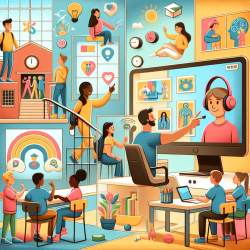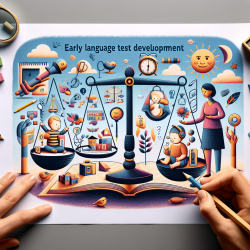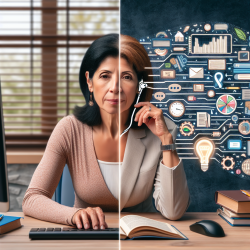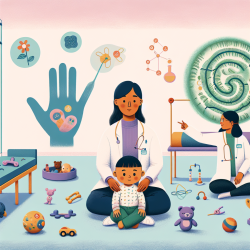Understanding Special Education in Hawaii
Special education is a vital component of the educational landscape, designed to provide tailored instruction to students with disabilities. In Hawaii, special education services are crafted to meet the unique needs of each student, ensuring that they receive a Free Appropriate Public Education (FAPE) as mandated by the federal Individuals with Disabilities Education Improvement Act of 2004 (IDEA) and state regulations.
What is Special Education?
Special education encompasses a range of services tailored to the needs of students with disabilities. These services can include:
- Academic instruction
- Speech-language services
- Psychological services
- Physical and occupational therapy
- Counseling services
- Parent education
Importantly, these services are provided at no cost to parents, ensuring that every child has the opportunity to succeed regardless of their challenges.
Is Special Education Right for Your Child?
Special education services are available to students aged 3 through 21 who require specially designed instruction. The process begins with an evaluation to determine the student's needs, which may include assessments of academic performance, communication skills, intelligence, health, vision, hearing, social and emotional status, and motor abilities. If eligible, the student will receive services through an Individualized Education Program (IEP).
Evaluation and Eligibility
The evaluation process is critical to identifying students who are eligible for special education. It involves determining the presence of a disability and the need for specialized instruction. The evaluation process must adhere to specific timelines and procedures to ensure fairness and accuracy.
Before a referral for special education is made, supportive instructional practices should be attempted. If a student continues to struggle despite these interventions, a formal evaluation may be warranted. This evaluation will consider:
- The student's educational progress
- The interaction between the disability and the student's learning
- The educational impact of the disability
- The necessity for special education
The Three-Prong Test
Eligibility for special education is determined through a three-prong test:
- Disability: Does the student have a disability?
- Adverse Effect: Is the disability adversely affecting the student's progress in general education?
- Need: Does the student require special education and related services due to their disability?
All three prongs must be met for a student to be deemed eligible for special education services.
Understanding the Individualized Education Program (IEP)
An IEP is a comprehensive document that outlines the educational program for a child with a disability. It serves as both a management tool and an evaluation device, ensuring that the child receives the necessary services and support. Each IEP includes:
- A statement of the child's current academic achievement and functional performance
- Annual goals and short-term instructional objectives
- Specific special education and related services to be provided
- The extent of participation in regular educational programs
- Projected dates for initiation and duration of services
- Evaluation procedures and schedules to assess progress
Transition Planning
Beginning at age 14, the IEP must include a statement of the student's transition service needs, focusing on their courses of study. By age 16, the IEP should outline measurable postsecondary goals and the transition services needed to achieve them. These goals are based on age-appropriate assessments tailored to the student's individual needs.
As students approach the age of majority (18 in Hawaii), their IEP must include a statement informing them of their rights under IDEA, which will transfer to them upon reaching adulthood.
IEP Meetings
IEP meetings are essential for reviewing and revising a student's educational plan. These meetings should occur at least annually, but more frequent meetings may be necessary depending on the student's progress. Parents are encouraged to request a meeting if they have concerns about their child's progress or the current IEP.
The following participants are typically involved in an IEP meeting:
- A representative of the public agency qualified to provide or supervise special education
- The child's teacher
- One or both of the child's parents or legal guardians
- The child, if appropriate
- Other individuals at the discretion of the parent or agency
For more information, please follow this link.










